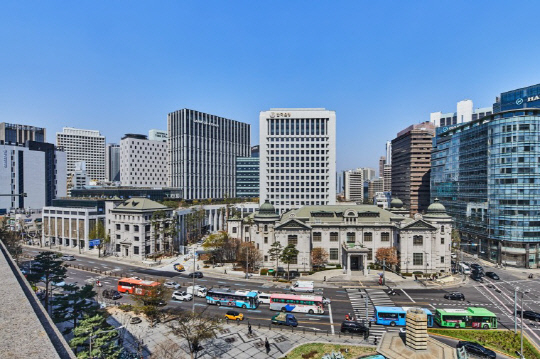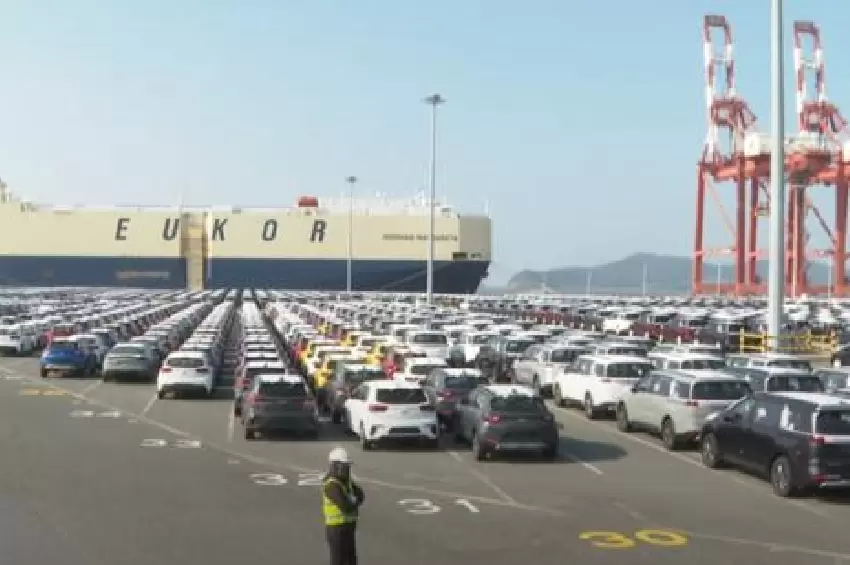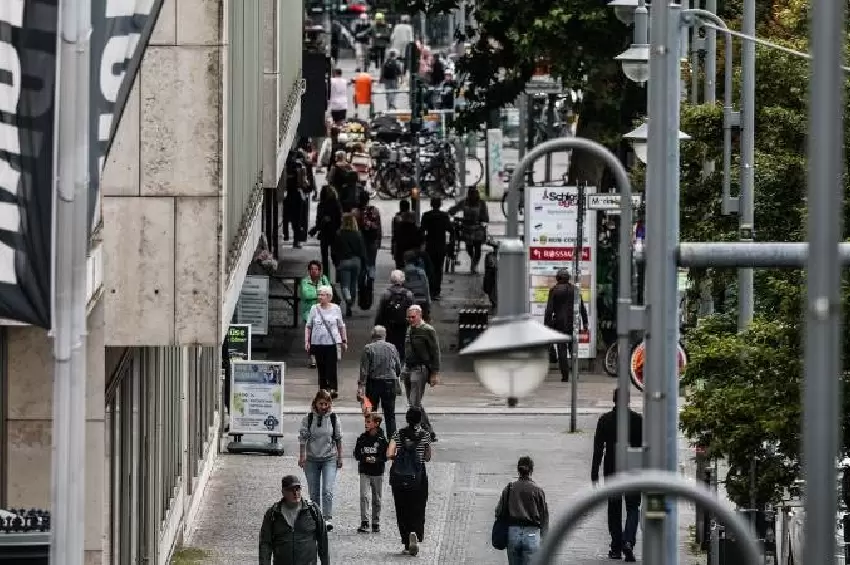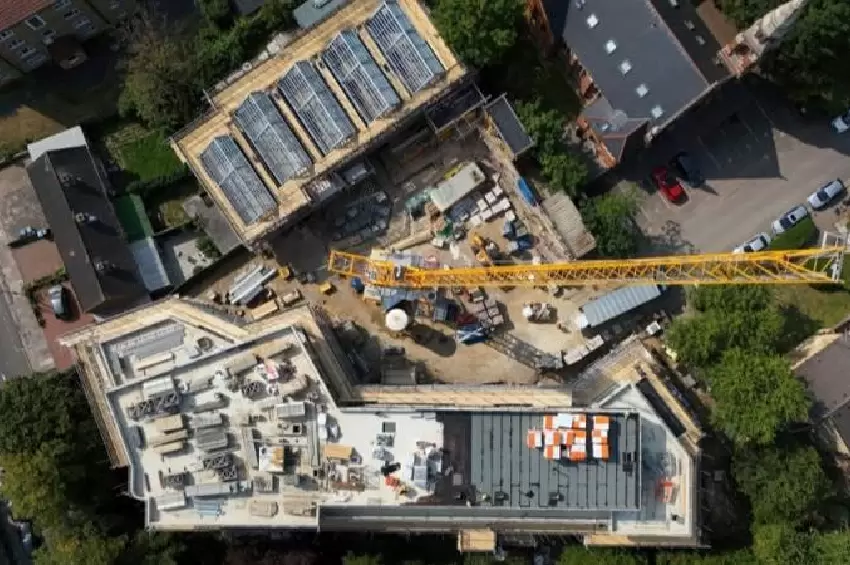The Rising Concerns Over South Korea's Economic Stability
South Korea's credit default swap (CDS) premium, a measure of the risk of a country's default, has been on the rise amidst political turmoil. Initially at 0.34 percentage points before the martial law crisis, it surged to 0.374 percentage points by December 20, reflecting growing anxiety about the South Korean economy.

Similarly, the government bond yield, which mirrors the country's economic condition, has shown an inverse trend. Despite the Bank of Korea's unexpected 0.25 percentage point base interest rate cut last month, the government bond yield returned to its original level within a month, indicating the rate cut's ineffectiveness.
The reasons behind this trend include supply and demand dynamics, major countries' bond yields, economic growth, and conditions. The martial law crisis has led to a collapse in domestic demand, necessitating a supplementary budget of around 10 trillion won early next year. The scale of government bonds to be issued next year is expected to reach a record 197 trillion won, further increasing interest rates.
Additionally, U.S. Treasury yields have been soaring, making U.S. Treasuries attractive to investors and impacting South Korea's government bond yields. The linkage between bond yields and the base interest rate has significantly weakened, leading to concerns about higher corporate bond yields and continued capital outflows.
With growth expected to be in the mid-1% range next year, the Bank of Korea and the government face challenges in appropriately mixing fiscal and monetary policies. The recent rate freezes by major central banks and the mention of universal tariffs by President-elect Donald Trump add to the Bank of Korea's difficulties.









Comments